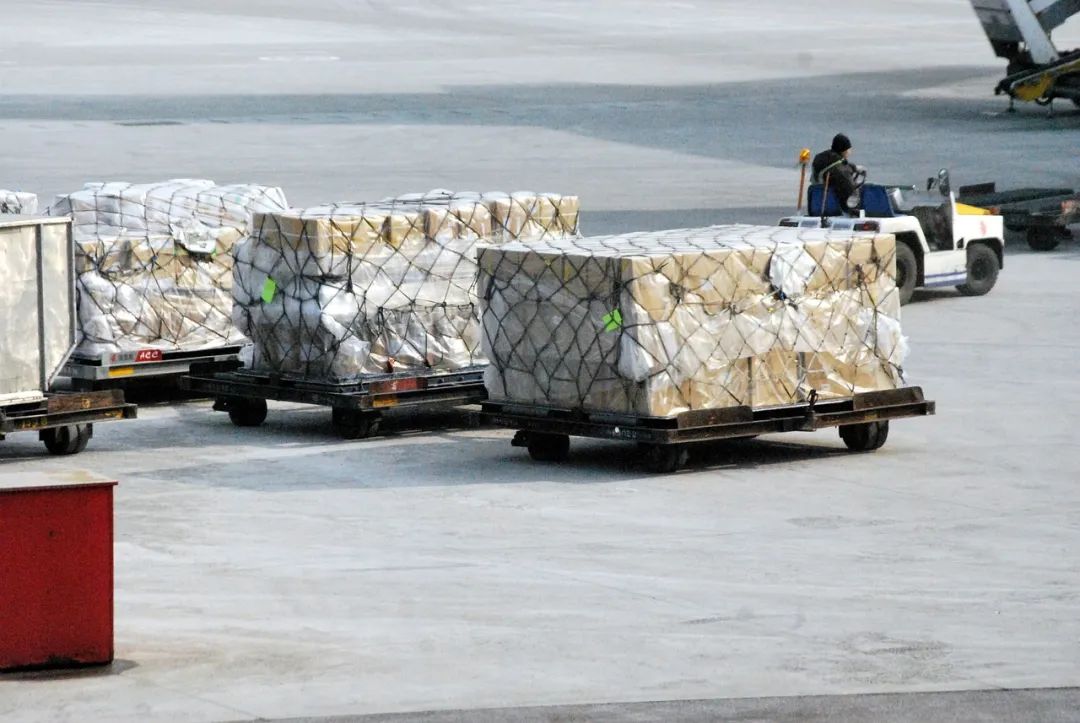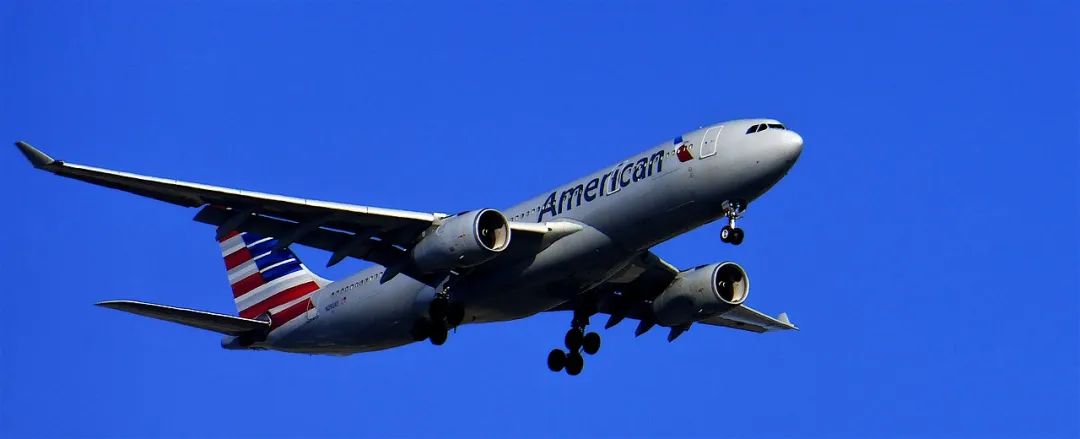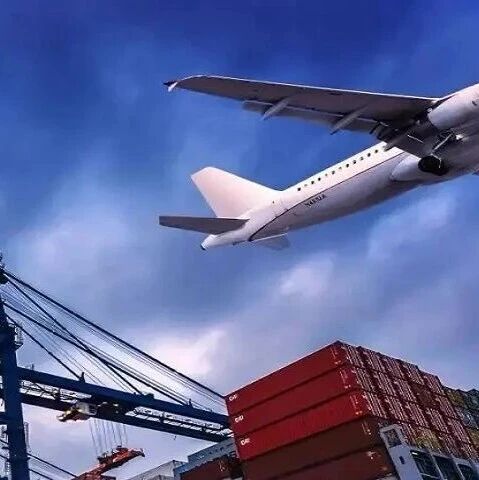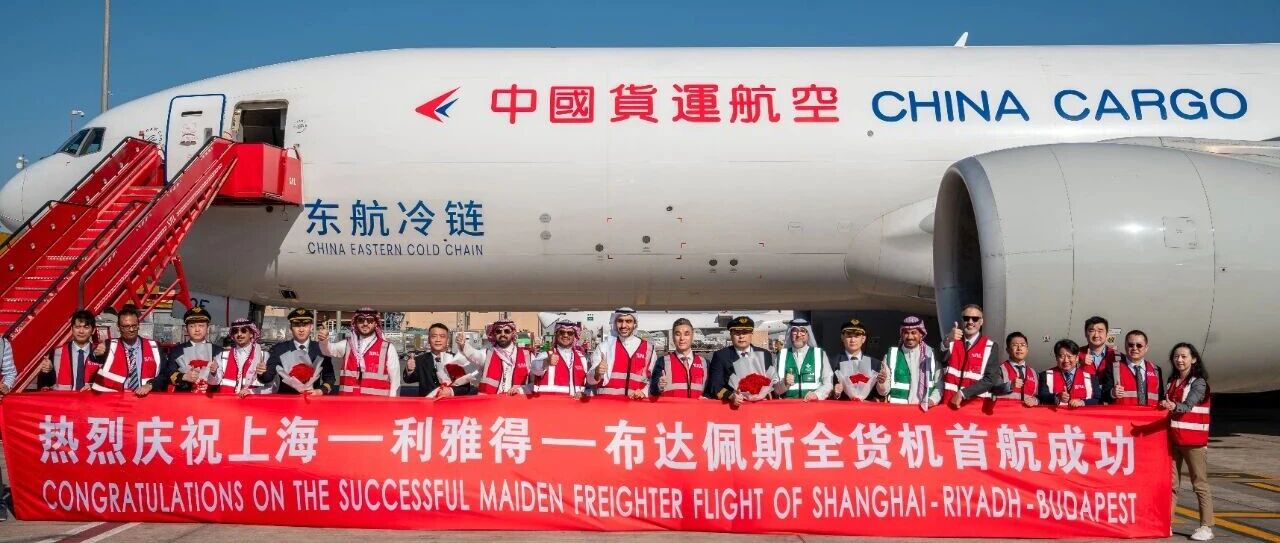
走向大师说
Exam56物流货运代理网专注于国际货运代理、物流行业的深度研究和专项考试分析,帮助小伙伴提升行业的认知和积累。
跨大西洋航空货运市场在旺季期间价格飙升,这使其重新成为人们关注的焦点,托运人面临着新合同谈判的困境。
Xeneta在一份新的分析中表示,由于前亚洲走廊的急剧发展,2024年许多人忽视了跨大西洋航空货运市场。在截至12月15日的一周内,从西欧到美国的平均航空货运现货价格(有效期最长为一个月)飙升至每公斤3.61美元。

海运和空运费率分析平台表示:“与今年9月下旬的峰值相比,这标志着100%的增长,是两年半以来的最高增长率。”它指出,这条走廊上约50%的交易量是在现货市场上出售的。
Xeneta补充说,现货市场的发展与西行的季节性利率(有效期超过一个月)形成了“鲜明对比”,自旺季开始以来,西行季节性利率仅小幅增长了10%,比一年前下降了4%。该走廊的航空货运需求一直疲软,因此即期汇率飙升更多地归因于与供应相关的因素。
这些因素包括航空公司的冬季航班时刻表显示,美国感恩节假期期间,客机腹舱容量减少,仓位量略有下降。Xeneta表示:“航空公司将运力从传统的跨大西洋航空货运贸易中转移出来,以满足电子商务蓬勃发展的前亚洲走廊日益增长的需求,也会产生影响。”因此,与2023年同期相比,12月中旬从西欧到美国的航空货运能力下降了5%,比两个月前的冬季前水平下降了15%。

Xeneta指出,跨大西洋西行市场的即期运价上涨可能源于从美国到西欧的回程贸易不平衡,西欧的货物平均运价同比下降了4%。“在第四季度的前两个月,西行和东行贸易的整体货运收入同比增长仅为2%。这意味着航空公司增加回程收入变得更加重要,”它补充道。
12月上半月,从西欧到美国的动态载荷系数为80%,远高于传统载荷系数测量方法55%的重量载荷系数。“随着今年接近尾声,西欧对美国的即期汇率预计将在未来几周内下降,遵循航空货运的周期性模式。
然而,市场情绪与一年前相比发生了很大变化,托运人必须考虑的不仅仅是季节性和区域性模式,特别是考虑到电子商务对中国可用航空货运能力的吸引力,”Xeneta说。

它补充说,在最近的价格飙升之前获得合同的托运人可能会暂时感到与不断升级的市场隔绝,但他们可能会在即将到来的招标季节面临压力。与此同时,货运代理目前面临着在没有区块空间协议的情况下维持业务量的巨大压力,他们可能会将至少部分增加的成本转嫁给客户。
“除此之外,2025年1月1日实施的ReFuelEU可持续航空燃料(SAF)任务(要求欧盟机场的燃料供应商至少包括2%的SAF)将增加航空公司的成本。”Xeneta补充说,从1月15日开始,美国东部和墨西哥湾沿岸港口可能发生的第二轮罢工也必将进一步推高该走廊的航空运费(如果发生的话)。
The Transatlantic air cargo market has seen skyrocketing rates during peak season which puts it back in the spotlight with shippers facing a dilemma over new contract negotiations.
Xeneta said in a new analysis that the Transatlantic air cargo market has been overlooked by many during 2024 due to the dramatic developments in ex-Asia corridors.

In the week ending December 15, the average air cargo spot rate from Western Europe to the US (valid for up to one month) surged to US$3.61 per kg.
"This marks a 100% increase compared to the start of this year's peak in late September and represents the highest rate recorded in over two and a half years," the ocean and air freight rate analytics platform said.
It noted that around 50% of the volume on this corridor is sold on the spot market.
Xeneta added that developments on the spot market are in "stark contrast" to the westbound seasonal rate (valid for over one month), which only showed a modest increase of 10% since the start of peak season and dropped 4% from a year ago.
Air cargo demand has been muted on this corridor, so the spot rate spike can be attributed more to factors relating to supply.
"These factors include airlines' winter schedules seeing reduced passenger belly capacity and slight capacity dip during Thanksgiving holidays in the US.

There is also the impact of airlines moving capacity off traditional established air cargo trades such as the Transatlantic to meet the increasing demand on ex-Asia corridors where e-commerce is booming," Xeneta said.
Consequently, air cargo capacity from Western Europe to the US fell 5% in mid-December compared to the same period in 2023 and down 15% from pre-winter schedule levels two months ago.
Xeneta noted that spot rate increases on the Transatlantic westbound market may stem from a trade imbalance on the backhaul from the US to Western Europe, where cargo average rates dropped 4% year-on-year.
"In the first two months of Q4, the overall cargo revenue growth for both westbound and eastbound trades combined was just 2% year-on-year. This means it becomes even more important for airlines to increase revenue on the fronthaul," it added.
The dynamic load factor from Western Europe to the US stood at 80% in the first half of December, way above the weight load factor of 55%, a traditional load factor measurement.
"As the year draws to a close, Western Europe to US spot rates are expected to decline in the coming weeks, following air freight's cyclical patterns.

However, market sentiment has shifted considerably from a year ago and shippers must consider more than seasonal and regional patterns, especially given the gravitational pull e-commerce out of China seems to have on available air cargo capacity," Xeneta said.
It added that shippers who secured contracts before the recent rate surge may feel temporarily insulated from the escalating market, but they will likely face pressure during the upcoming tender season.
Meanwhile, freight forwarders – currently under intense pressure to maintain operations for volumes without block space agreements – will likely pass at least some of their increased costs on to customers.

"On top of this, the implementation of the ReFuelEU sustainable aviation fuel (SAF) mandate on January 1, 2025 (requiring fuel suppliers at EU airports to include a minimum of 2% SAF) will increase costs for airlines.'
Xeneta added that the potential second round of US East and Gulf Coast port strikes from January 15 will also surely drive up air freight rates further in this corridor (if it happens).

商务合作请点击上方 |













